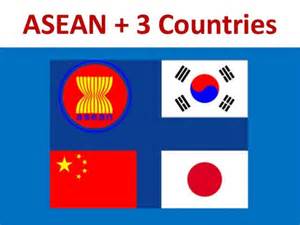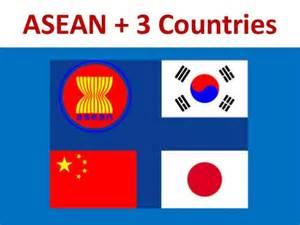
YOKOHAMA, Japan, May 4 (Xinhua) -- The economy of the ASEAN+3 region is expected to remain resilient in 2017 with China playing an anchoring role in regional growth, said a report released Thursday by the ASEAN+3 Macroeconomic Research Office (AMRO).
According to the ASEAN+3 Regional Economic Outlook 2017 report, economy growth of the ASEAN+3 region is expected to reach 5.2 percent in 2017 and 5.1 percent in 2018.
Growth in the region will continue to be driven primarily by domestic demand, while individual economies can reap benefits from regional trade and investment integration, said the report.
Meanwhile, the regional outlook is also clouded by global uncertainty, including rising trade protectionism, tightening global financial conditions, and rising inflation, according to the report.
"Under the current global environment, the region should prioritize financial stability while supporting growth with an appropriate policy mix, including targeted macroprudential policy measures and sustained structural reform," said Hoe Ee Khor, AMRO Chief Economist, at a ceremony here marking the release of the report.
China's stable growth will continue to anchor economic growth in the ASEAN+3 region and absorb imports from the region, said the report.
The report also takes stock of lessons learned during the last 20 years after the Asian financial crisis in 1997.
To rebuild buffers and foundations for economic growth after the crisis, affected economies had to undertake fundamental and significant policy adjustments, including more flexible exchange rate regimes, fiscal consolidation, and corporate and financial sector reforms, said the report.
These policy adjustments and reforms strengthened the economic fundamentals of the countries, which enabled the region to weather the Global Financial Crisis (GFC) relatively unscathed, said the report.
"Together with their own strengthened domestic policy frameworks and buffers, enhanced regional financial cooperation among ASEAN+3 economies will improve their resilience against shocks and allow their economies to sustain relatively strong growth," said Khor.
AMRO is an international organization established to contribute to securing the economic and financial stability of the ASEAN+3 region, which includes 10 ASEAN countries and China, Japan, and South Korea.
As AMRO's annual regional surveillance publication, the ASEAN+3 Regional Economic Outlook (AREO) 2017 assesses the regional economic outlook and financial stability in 10 ASEAN countries, as well as China, Japan, and South Korea.




 A single purchase
A single purchase









